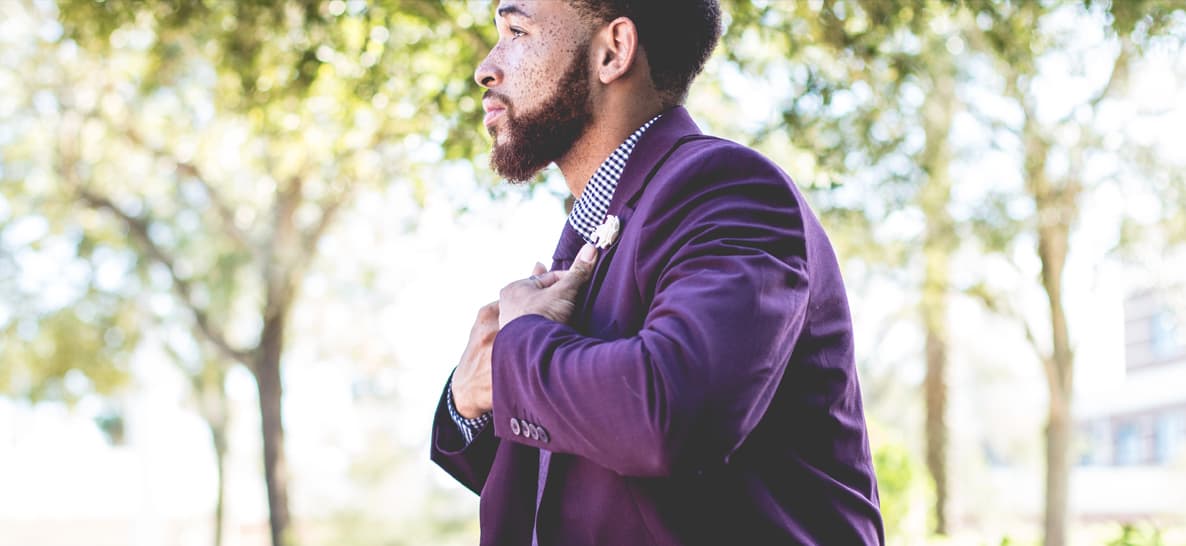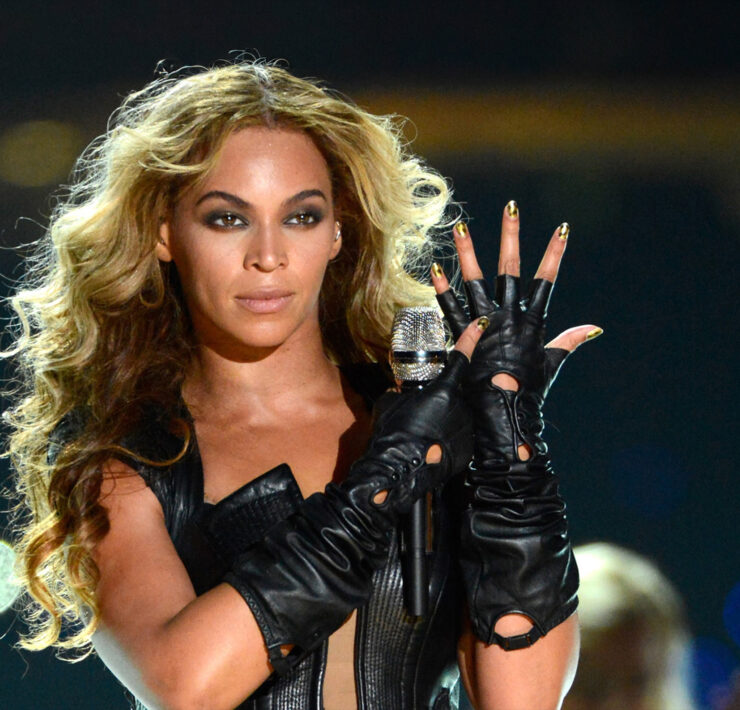
If you’re like me, something seems different about your Facebook feed this November: There’s seems to be a lot less facial hair.
This year, it’s been harder to find those “No Shave November”- and Movember-inspired images of facial hair in the infinite scroll of iPhone snapshots.
Sure, depending on who you follow, you may have a lot of mustache-growth updates and bearded faces in your feed, but I’m not the only one who’s observed a decline. The Telegraph recently asked, “Has Movember Lost Its Mojo?”
Last year, The Guardian published a piece called, “The ‘tache crash: is Movember over?” about the campaign’s waning appeal. Canada’s CBC News noted that the “Movember fundraiser droops” under changing trends.
This year, California State University paper, The Daily Titan, noted in their story “‘Movember’ Has Been Covered and Forgotten,” that “In 2012, the organization raised $42.4 million, but just three years later, the organization only managed to raise $12.9 million.”
That’s still a lot of money raised for charities that fight cancer and assist in combating men’s health concerns, but there’s been a noticeable decline since its heyday.
And no matter what you think about facial hair, that’s a bummer.
The Rise of a Movement
In case you are unacquainted, the idea behind both campaigns is pretty simple.
No-Shave November asks participants to forgo shaving for the month of November, “in order to evoke conversation and raise cancer awareness.” The official site also collects donations that goes toward cancer research.
Movember participants grow only mustaches for the month, with a broad mission to stop men from dying young. As they explain on their site, they say that “by 2030 we’ll reduce the number of men dying prematurely by 25 percent.”
There are a lot of theories as to why the campaigns aren’t as popular as they used to be (the novelty has worn off; actual facial hair trends of changed; it’s not as ironic as it once was). All of these are probably valid to some degree.
But I think there may be something larger at play.
We’ve all gotten a little more cynical. And in the weeks leading up to December, where all of America seemed wrapped up in a brutal election that featured more insults than actual solutions to the world’s problems, it was hard to want to grow a funny mustache.
Even as recently as 2014, goofy, social media-centric fundraising campaigns were still having a moment when the Ice Bucket Challenge raised more than $100 million to fight ALS.
But, like the November facial hair campaigns, the trend wore off. And each of them became the subject of criticism (some valid), but some that seemed to miss the point.
There are people who don’t like campaigns like the Ice Bucket Challenge or the November facial hair campaigns because they’re gimmicky. The criticism is that they make a spectacle out of giving and a show out of generosity. They can make donating to charity seem like a novelty, instead of the norm.
But, really, these criticisms miss the bigger idea.
Yes, giving, supporting charities and raising awareness about under-covered causes should be a priority for socially conscious social media users all of the time. But, the reality is that most of the time, it’s just not.
Giving is now more common than it’s been in decades, but most Americans still give well below 6 percents of their discretionary income (that’s money left after all of their expenses) to charity.
Sure, campaigns like Movember are goofy, but that’s the point. They are intended to make giving and encouraging others to give fun.
In Defense of Slacktivism
Social media is an amplifier of human emotion. If you’re angry about politics, it will probably make you angrier. If you’re excited about a twist in a TV show, sharing theories, GIFs and thoughts with friends will probably make you more excited about it.
And if you’re passionate about a campaign or charity, seeing all of those “likes” pour in on your Ice Bucket video or mustache picture will probably stoke that passion.
Social media also makes certain ideas contagious. (There’s a reason it’s called “viral” content.) And in recent weeks, all of the election vitriol has spread. Anger, fear and division have taken over November, when in years past it was filled with mustaches.
There’s a temptation to get caught up in all of the anger on social media. And, for some people, there is good reason to have fear, connect with people who need help and use social media to right wrongs.
But we also have to be able to inject some hope, to have some fun and to encourage generosity, even if it’s goofy or trendy.
Sometimes, that may mean growing a mustache or donating to a campaign on behalf of someone still sporting one for themselves.






















